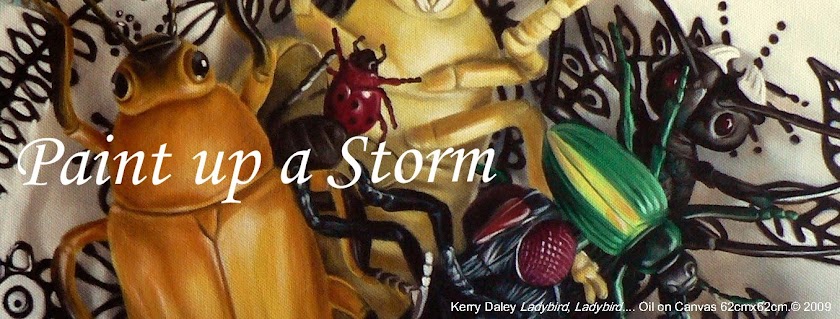Add These 10 Art Word to Your Vocabulary
- Found Object: A non-art object that is displayed as art, for example Marcel Duchamp's Fountain. or Picasso's Bull's Head. It can also refer to an object such as a shell or stone or plastic toy that is inserted into a painting or sculpture, becoming an intrinsic part of that art work. Click to see images using found objects.
- Contour: refers essentially to an outline that defines the boundaries of an object in a drawing or painting. Contour drawing has increased in popularity in the teaching of drawing, perhaps as a result of Betty Edwards exercises in the famous book, Drawing on the Right Side of the Brain.
- Alla Prima: From the Italian meaning 'at once', refers to painting directly onto the canvas or board without previous drawing or underpainting. To complete a painting in one session. Here are some tips on mastering alla prima oil painting.
- Plein Air: From the French meaning 'open air', this means to paint out of doors with the intention of capturing the direct quality of light of the outdoor experience. Painting en plein air was made famous by the Impressionists.
- Abstract: This is word that is often incorrectly used when referring to paintings. An abstract painting is non-representational. That is, it is composed of colours and shapes that do not represent anything in the real world.We can however talk of a subject as being abstracted, and this is where the artist has broken away from pictorial conventions and has distorted his subject in some way. Mark Rothko's paintings are abstract, while Frans Marc's horses are abstracted.
- Trompe L' oeil: French, meaning to deceive the eye. This is more than realism, it is an attempt by the artist to fool the viewer into thinking that what he is looking at is not a painting, but the real thing. It is popular with mural painters and sidewalk chalk artists.
- Imprimatura: (Italian) This is the first tinted layer of paint applied to the ground of a painting. It is most often used to refer to classical painting techniques, where the underpainting is allowed to dry, and then layers of glaze are applied over that.
- Oeuvre: French, meaning work. This is the total output of an artist - his whole body of work
- Foreshortening: The attempt to make an object recede in space on a 2 dimensional surface. For example the Dead Christ by Andrea Mantegna is dramatically foreshortened.
- Impasto: A term used to describe paint that has been applied in thick heavy opaque strokes, either with a brush or a palette knife. Lucien Freud's portrait of the Queen is a good example of an impasto painting.

No comments:
Post a Comment